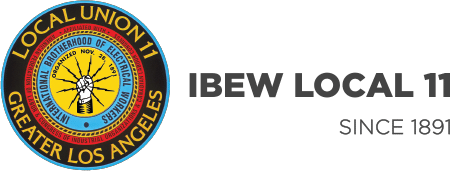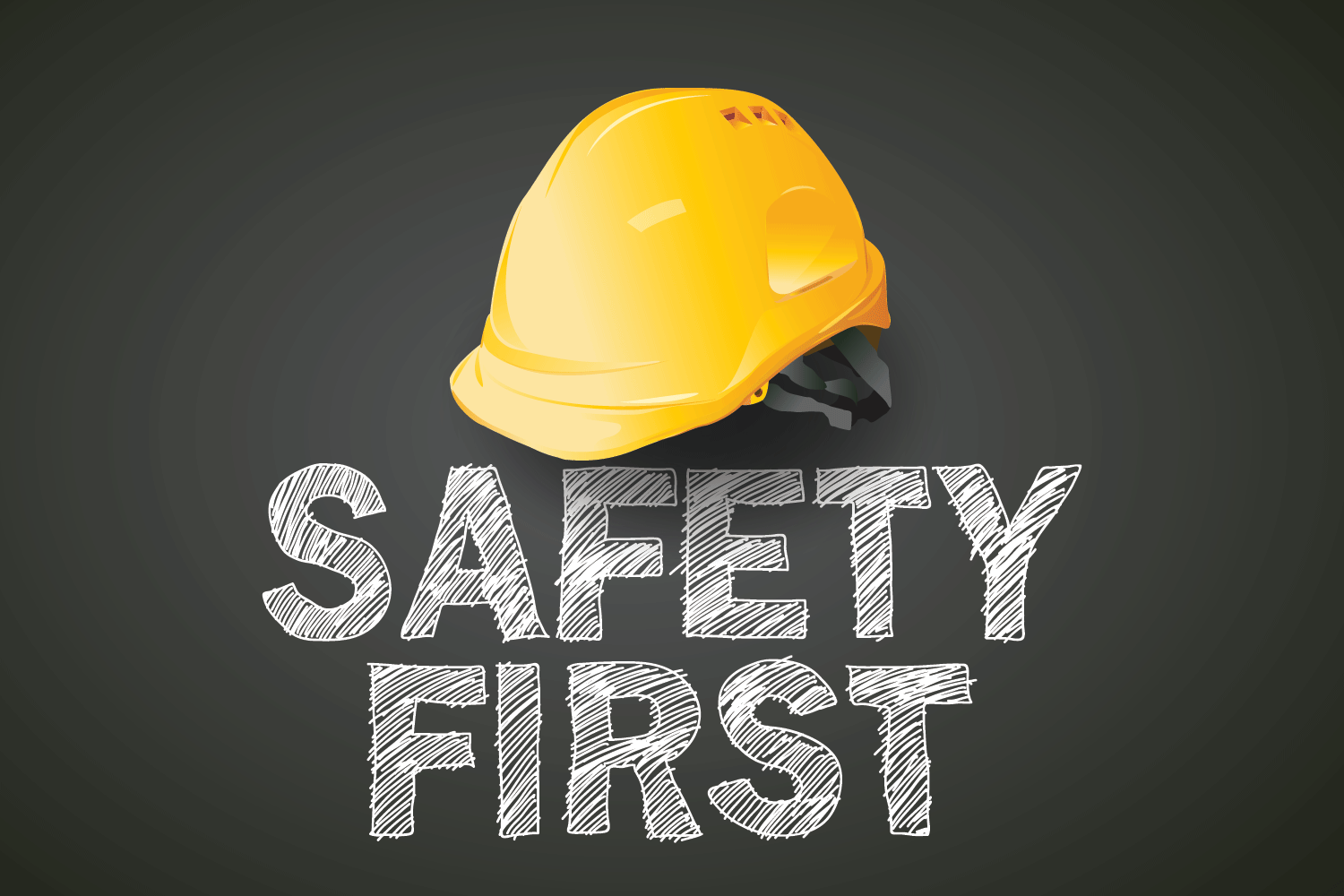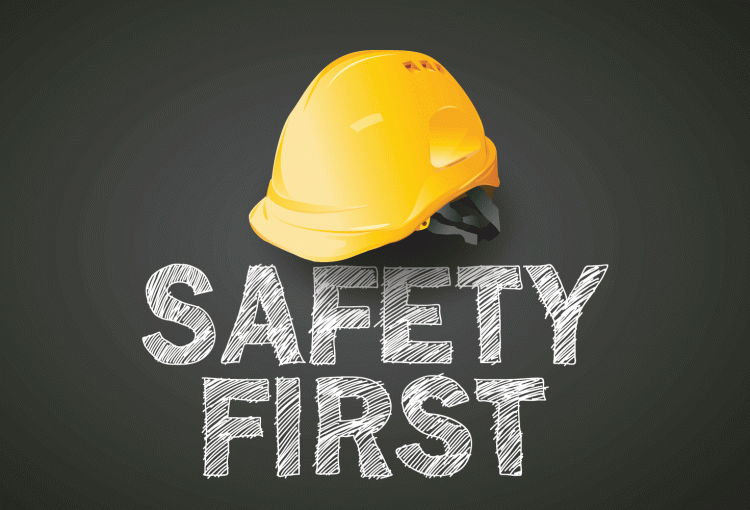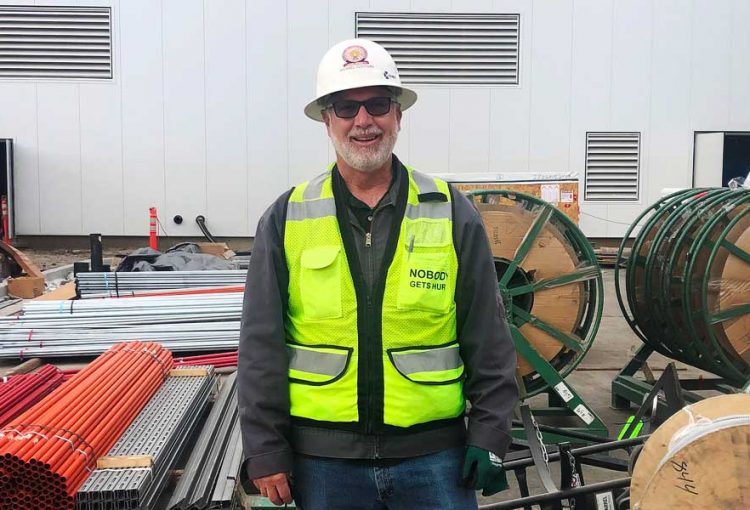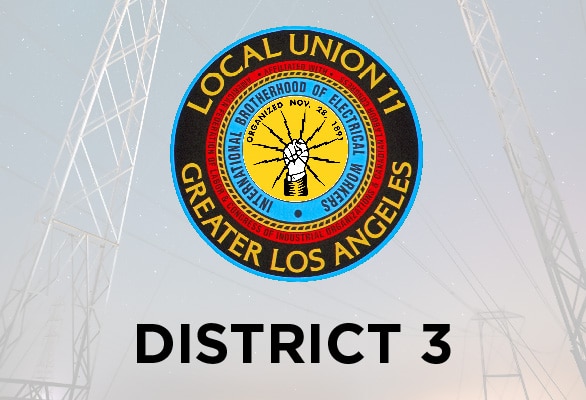Safety Report – January 2024
Working Safely in Confined Spaces
By Mike Costigan
IBEW Local 11 Safety Director
With the influx of refinery work and the tasks required by our traffic classification, there are many hazards to take into consideration.
One of those hazards is confined spaces. This is not to say these are the only jobs that present this danger, they’re just more prevalent.
There is a lot of discussion on what defines a confined space, but OSHA regulations spell it out clearly.
There are three types of confined spaces. The first one being that the space is large enough and so configured that an employee can bodily enter. The second type has a limited or restricted means of entry or exit. If egress is limited by its size or configuration, it’s considered limited access. The third type of space is small enough that it is not designed for continuous work.
Some examples of confined spaces are electrical vaults, boiler units, grain silos, turbines, and any underground substructure where you might perform cabling.
Beyond that, some confined spaces may require a permit to enter. In these types of spaces, there are other hazards to consider, such as a hazardous atmosphere, a potential for engulfing the entrant, or the possibility of asphyxiation.
Before any work begins at a jobsite, a competent person must identify all confined spaces and determine which confined spaces are permit-required confined spaces.
If a confined space is determined to be a permitted, confined space, the competent person must implement some safeguards. These include informing employees and authorized representatives, posting signage, and implementing a written permit-space program.
It is important to test the atmosphere prior to ventilation to confirm or remove doubt of any hazards by testing near the top of the space, then the middle and finally near the bottom of the space. This will allow you to know exactly what the condition is before you enter. Once the condition has been determined, ventilate the space, and perform routine atmospheric testing. Always follow company standards and OSHA regulations.
On another note, your Local 11 Safety Committee has been meeting for the past three months and attended our first NSC Labor Division Safety Conference. Your committee members are Estefania Yanez Ceballo, Teddy Lancaster, and Hector Navarro. We have been making great strides and have been conferring with other Locals on how they operate their Safety Committees.
We are holding our meeting on the second Tuesday of the month in the South Bay Hall at 5:00 p.m. We encourage all members to come and join us to share any safety concerns they may be experiencing on the job or contribute any safety knowledge.
We are always stronger together.
